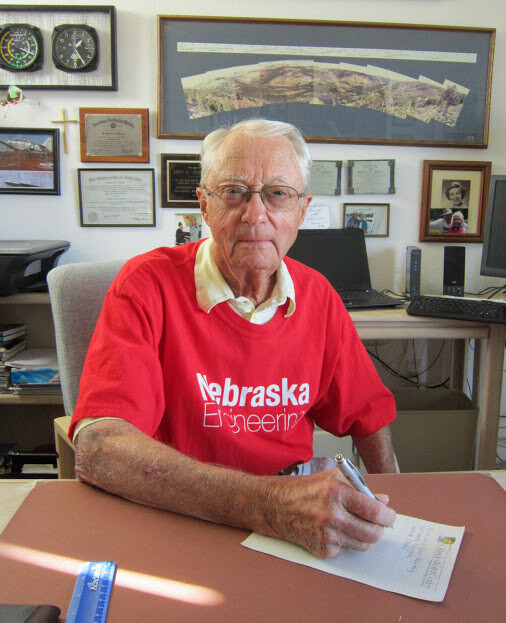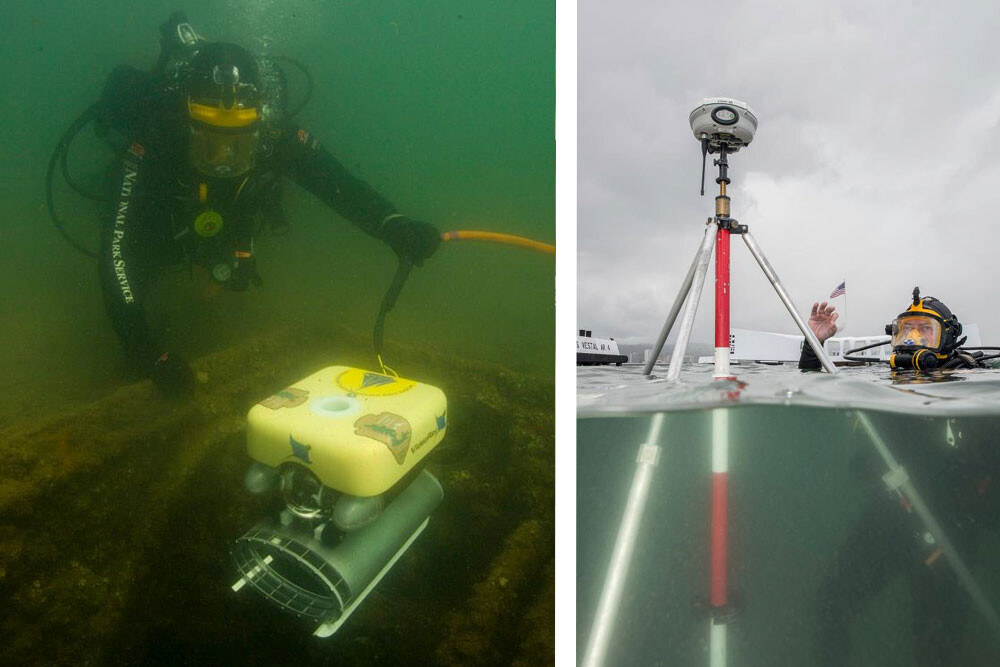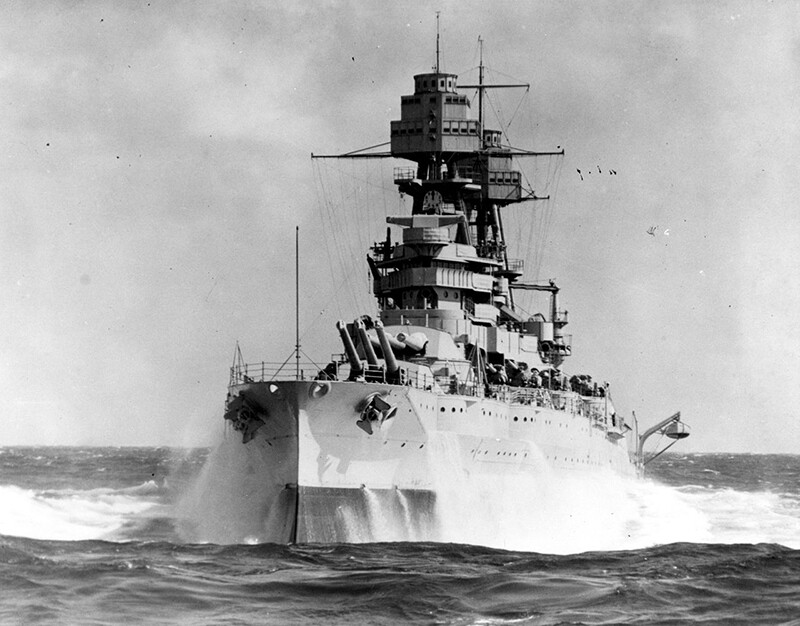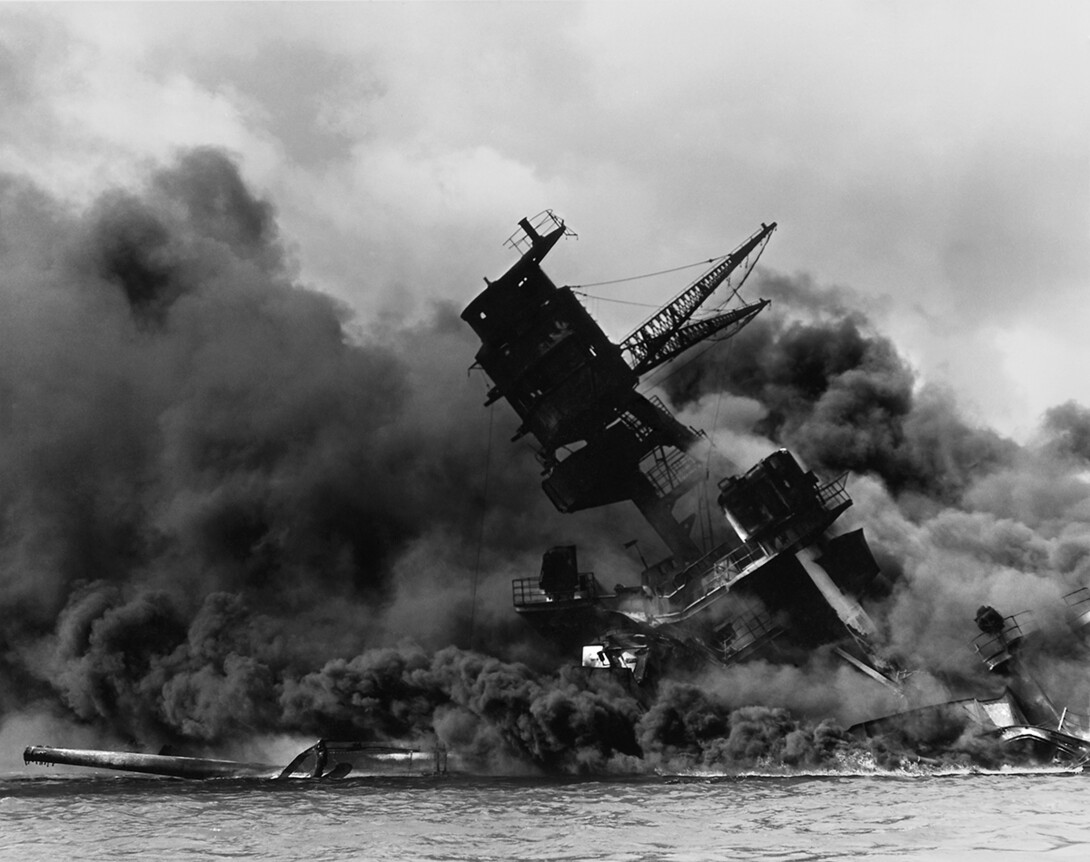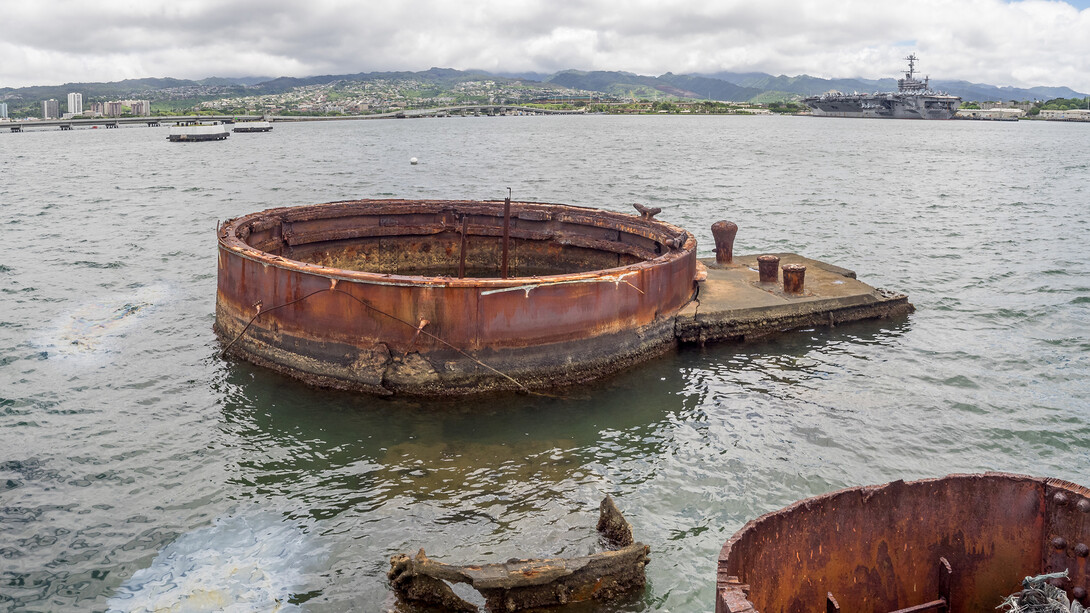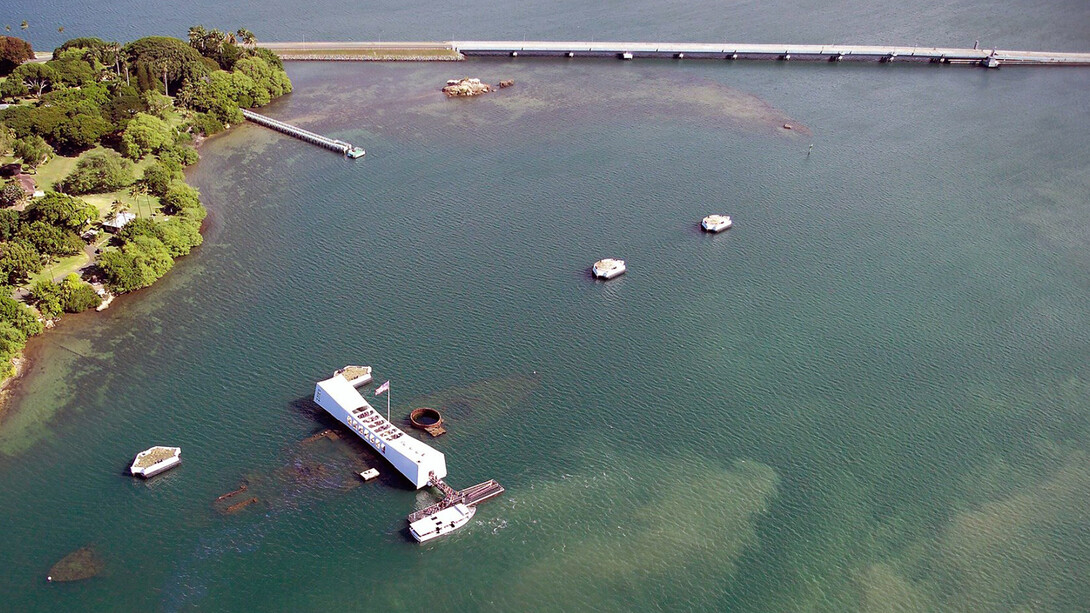
A University of Nebraska-Lincoln team examining corrosion of USS Arizona wreckage will present findings next week during ceremonies marking the 75th anniversary of the attack on Pearl Harbor.
When the Japanese attacked Pearl Harbor on Dec. 7, 1941, more than 2,400 Americans were killed, with nearly half of those on the sunken battleship USS Arizona.
In addition to the human toll, the ecology around the Hawaiian naval base was also devastated as thousands of gallons of fuel spilled into the water and was washed onto beaches.
The Nebraska-led study is especially important as an estimated 500,000 gallons of fuel oil remain submerged and are slowly leaking from the USS Arizona wreckage. The research team – which includes Don Johnson, emeritus professor of mechanical and materials engineering; Jim Carr, emeritus professor of chemistry; and Nebraska graduates Dana Medlin and John Makinson – believe knowledge gained by studying corrosion of the wreckage may also help prevent environmental hazards worldwide.
“The significance is there have been many sunken ships on the west and east coasts of America and all around the world that contain fuel oil or might be navigation hazards,” said Johnson, who has been part of the team studying the USS Arizona since 1998.
Johnson, with financial support from the Department of Mechanical and Materials Engineering, will travel to Hawaii for the Pearl Harbor events, Dec. 9-10. Other members of the team are receiving support from the United States National Park Service, which oversees the USS Arizona Memorial.
As part of the ceremonies, the Nebraska team will present the findings of their study and discuss what needs to be done to protect the Arizona and the environment around it.
It’s a labor of love and honor for the 89-year-old Johnson, who joined the Navy shortly after graduating from high school in 1945 and completed boot camp just three days before the end of the war with Japan.
“I didn’t consider myself a full-fledged World War II veteran because the war ended before I could be shipped out to the Pacific,” Johnson said. “But I served in the Navy and the Army (the Corps of Engineers), and feel a sense of duty to this project.”
The battleship USS Arizona sank when a bomb dropped from a Japanese airplane detonated and ignited a supply of ammunition and ordnance. The ship sank within nine minutes, killing 1,177 sailors. It also released into the harbor more than half the 6,000 tons of fuel on board.
Of the many ships sunk that day, only the USS Arizona and USS Utah remain submerged. In 1962, the wreckage of the Arizona was declared a national shrine and a memorial to the Americans lost that day was built across the sunken remains of the ship. None of the remains of the sailors and Marines still aboard have been recovered.
The Nebraska team has been studying external hull corrosion and environmental effects on the ship since 1999. Data gathered led the team to develop a mathematical formula to estimate the corrosion rate based on the effects of water temperature, oxygen concentration and thickness of concretion, a buildup of organisms such as algae and barnacles that develops on a vessel in water.
Johnson said the formula is named the Weins Number after Bill Weins, a former professor of mechanical engineering who was part of the research team until his death in 2001.
“(Concretion) creates a barrier so oxygen access and resulting corrosion rate is somewhat lower. That’s been a surprise because concretion accumulation has very likely contributed to extended structural integrity of the ship,” Johnson said. “What we’ve found so far, with the Weins Number, we believe the ship is going to remain quite stable for the next 150 to 200 years.”
As a metallurgist, engineer and veteran, Johnson said he is looking forward to being able to present data on the USS Arizona during the 75th anniversary ceremonies.
“The fact that I could look at the Arizona and relate its history to the corrosion and some of the problems that exist out there right now has been a great experience and opportunity to serve the U.S. Park Service and other government agencies,” Johnson said.
